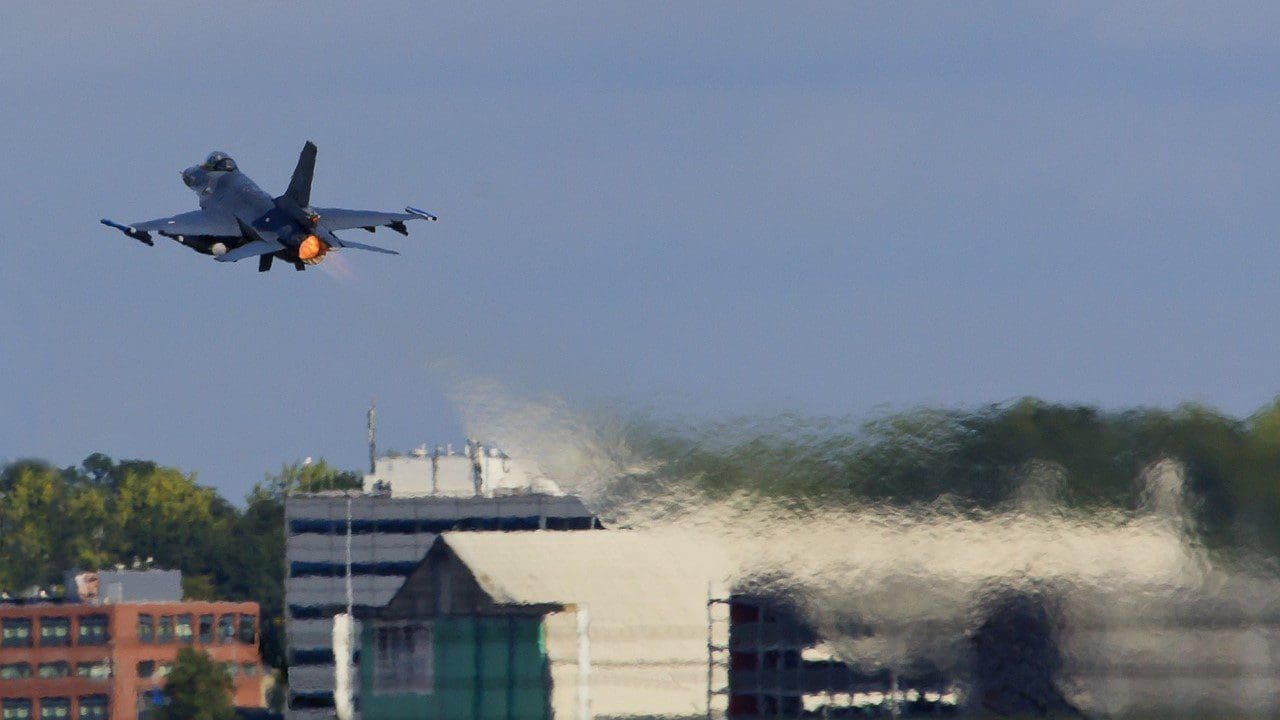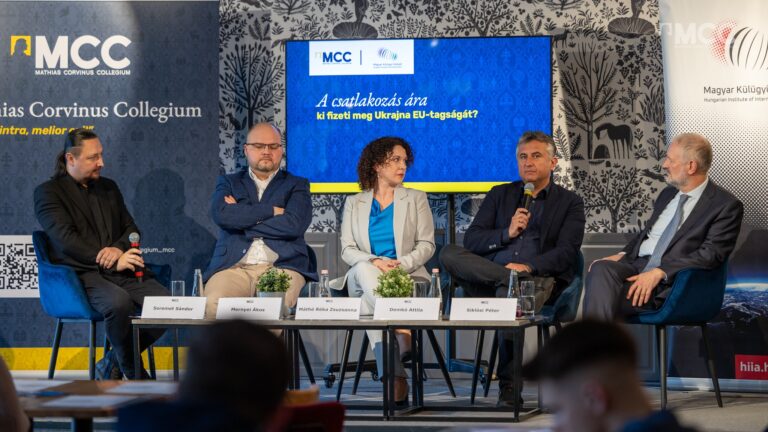Studying the lives of our renowned inventors, we can notice that many of them conducted research in the field of aviation. Hungarian inventors, in fact, are at the forefront when it comes to creating components and various flight-capable structures. Albert Fonó, an outstanding representative of the field, born on 2 July 1881, is credited with inventing the jet propulsion engine.
Albert Fonó was born in Budapest in 1881. During his years at the Fasori Lutheran Secondary School, probably the most prominent secondary education institution in the country at the time, his talent caught the attention of mathematics professor László Rátz, who took him under his wing, so he was lucky enough to be mentored by a brilliant mind who later paved the way for Nobel Prize laureate physicist Jenő (Eugene) Wigner and János (John) Neumann as well. Fonó enrolled at the Technical University, where he met his future friend, Kármán Tódor. After receiving his degree, he worked in German, Belgian, Swiss, French, and English factories, and upon returning to Budapest, he obtained a doctorate in engineering.
His interests were wide-ranging, as evidenced by the fact that he filed over fifty patents in approximately twenty research topics. His main field of expertise was energy. His talent and expertise are demonstrated by his development of a gas boiler and its successor, a mining air compressor, fifty years later. The patent for self-regulating brakes and controls for transportation vehicles and railway vehicles was acquired by the German company Siemens in 1924. In 1926, he was among the first to work on creating a hydrofoil, a project in which Kármán Tódor also became involved.
His most significant creations and works remain in the field of jet engines. He created his first invention applying the principles of jet propulsion in 1915. He aimed to increase the range of field artillery weapons with the help of an aerial torpedo. Fonó summarised the essence of his innovation as follows: ‘Instead of relying on kinetic energy, the projectile stores chemical energy in the carried fuel. Along the way, the fuel is burned with the incoming airflow, converting the resulting heat into expansion work, overcoming air resistance. As a result, not only can the resistance be overcome, but the flying projectile can also accelerate. It becomes possible to achieve a relatively long range and high impact energy with a relatively low initial velocity.’
Fonó’s aerial torpedo, which operated on the jet propulsion principle, contained all the elements of today’s jet engines. The structure would have been a simple, rotating device without cannon projectiles, functioning as a heat engine. Not recognising the possibilities it held, the Austro-Hungarian high command rejected Fonó’s patent proposal without conducting any experiments, stating that practical success could not be expected from the solution. They had confidence in their traditional artillery techniques.
The negative feedback did not deter him, and in the early 1920s, his attention turned back to the unresolved problem of jet propulsion. By that time, it had become entirely evident that propeller-driven aircraft were unable to exceed a certain speed limit.
In 1928, Fonó developed his invention called the ‘air jet engine.’
This engine enabled aircraft to fly at speeds faster than the speed of sound, even at high altitudes. He applied for a German patent for his invention, which he soon supplemented with an additional patent application that made the jet engine suitable for subsonic operation using a separate power source-driven compressor. The two patents described four variations of the jet engine. The extremely rigorous and precise German patent examination took four years, until 1932, when Fonó’s patent was finally registered.
In 1954 Fonó became a corresponding member of the Hungarian Academy of Sciences. He was awarded with the Kossuth Prize in 1956, and from 1968 he was a corresponding member of the International Academy of Astronautics.
Read more:








